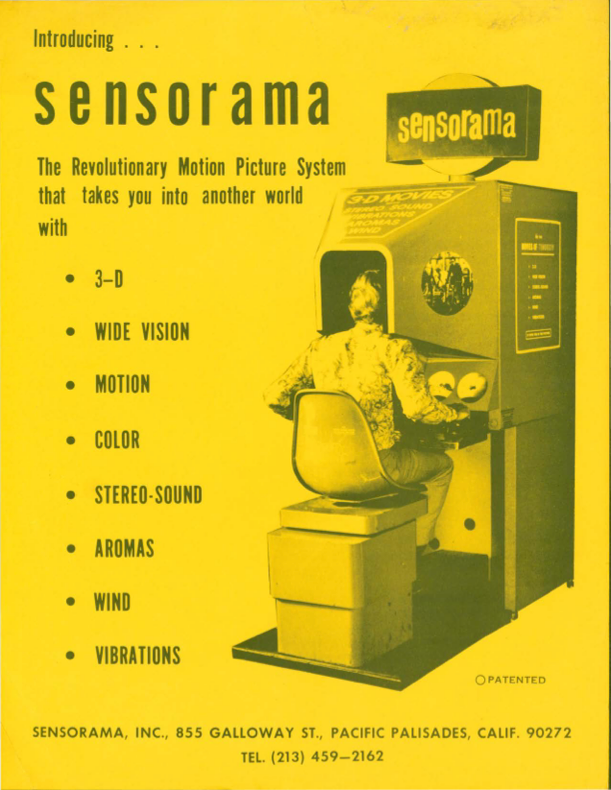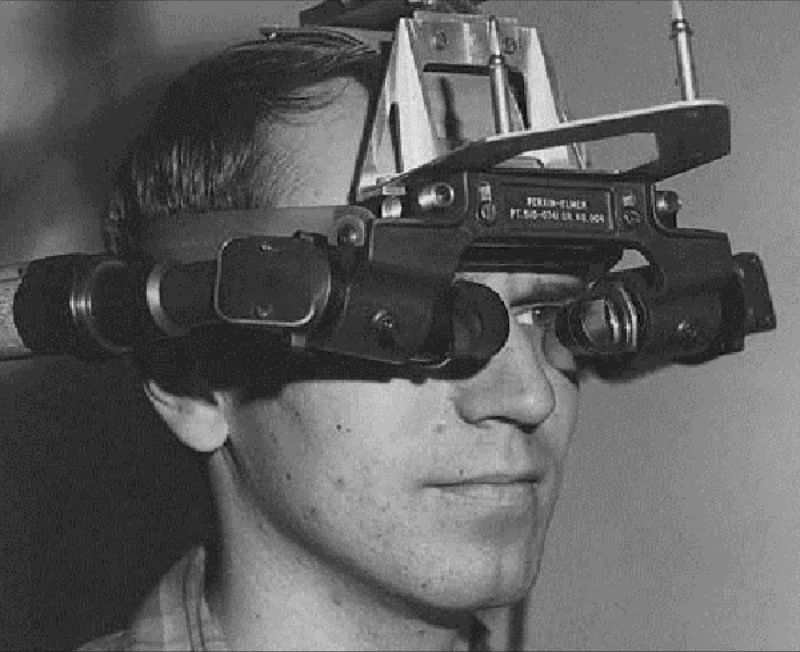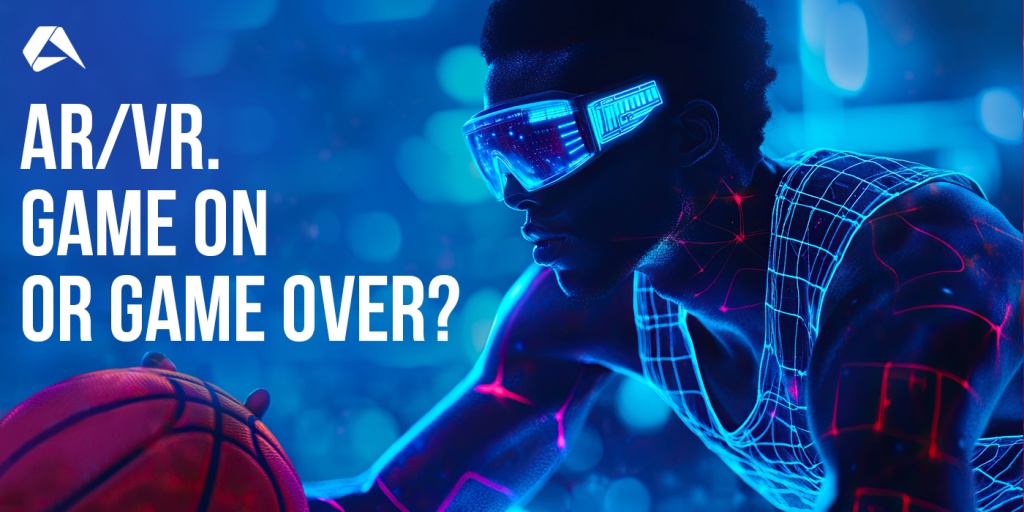Picture a virtual casino where every detail, from the glint of the roulette wheel to the chatter of other players, is so lifelike you forget you’re wearing a headset. Or imagine AR-enhanced sports betting, with live odds and player stats projected directly onto your coffee table. Is this the future of iGaming, or is it just an unobtainable dream? Let’s find out.
What Are AR and VR in iGaming?
Augmented Reality (AR) and Virtual Reality (VR) are technologies that reimagine how we experience the digital world. AR overlays digital elements onto the natural environment. Think of Pokémon GO, where animated creatures appear in your local park through your phone’s camera. In contrast, VR replaces your surroundings entirely, placing you inside a simulated world, like a casino floor where every slot machine spins at your command, all experienced through a headset.
In gambling, these technologies promise to create opportunities that transform user engagement. AR, for example, could bring live stats and real-time betting opportunities to sports bars, while VR allows players to step into a lifelike poker room or roulette table without leaving home. Tools like the Meta Quest headset, cutting-edge motion sensors, and software platforms drive this shift, which combine to deliver tailored, hyper-realistic gaming experiences.
The Origins and Evolution of AR and VR Gambling
The journey of AR and VR began in the 1960s with inventions like Morton Heilig’s Sensorama, an early attempt at multisensory virtual experiences, and the Sword of Damocles, a rudimentary yet revolutionary VR headset. These were pioneering steps into what seemed like science fiction at the time. By the 1990s, VR arcades introduced clunky headsets offering pixelated simulations, showing potential but falling short of widespread appeal. It was not until the 2010s, with the release of consumer-friendly devices like the Oculus Rift, that AR and VR truly captured the public imagination.



Initial attempts specific to the gambling industry were modest, with the evolution of basic VR casino lobbies or experimental AR apps overlaying odds on televised sports. Yet, technological breakthroughs such as 5G’s low latency, cloud computing’s scalability, and advanced GPUs have redefined the possibilities. Today, lifelike VR poker rooms and AR-enhanced live betting, such as ESPN’s AR-enhanced broadcasts launched in 2021, show how far the technology has come, teasing even greater potential for the future.
Key Milestones in AR and VR Gaming Technology up to 2024
1962 - Sensorama: First multisensory immersive machine blending visuals, sound, and motion.
1968 - Sword of Damocles: First VR headset prototype introducing head-mounted display technology.
1987 - The term ‘Virtual Reality’ Coined: Jaron Lanier popularised the concept of fully immersive virtual environments.
1991 - SEGA VR Headset: Early consumer VR attempt for arcade and gaming experiences.
1995 - Nintendo Virtual Boy: First portable VR gaming console with stereoscopic 3D graphics.
2010 - Oculus Rift Prototype: Consumer-friendly VR headsets reignited mainstream interest in virtual reality.
2014 - Google Cardboard: Affordable AR/VR headset using smartphones for immersive experiences.
2016 - Pokémon GO: AR gaming app turned real-world locations into digital playgrounds.
2020 - Oculus Quest 2: Wireless VR headset delivering advanced graphics and untethered gameplay.
2023 - Apple's Vision Pro Announcement: Mixed-reality headset promising seamless AR and VR integration.
2024 - Unreal Engine 5 in AR/VR Development: Powerful tools enabling hyper-realistic gaming environments and virtual worlds.
Where Are We Now?
Recent trends suggest that AR and VR technologies are currently carving out a niche in the gambling sector, offering experiences that challenge traditional ideas of gaming. For example, platforms like PokerStars VR (now Vegas Infinite) have set a new standard for online poker platforms, allowing players to interact in virtual casinos, complete with avatars, gestures, and atmospheric details - albeit without the opportunity to win real money as things stand.
PokerStars is not the only example of real-world implementations of AR and VR in gambling, with examples emerging in other quarters. For instance, a few online casinos, like JackpotVR, have started using Oculus Rift to provide unique 3D experiences, allowing users to play slots and navigate virtual casino lobbies through VR headsets.
Meanwhile, the same technology is making an impact in online sports betting by adding interactive experiences to live matches. While AR apps overlay real-time betting information directly on users’ screens during games, VR is busy creating stadium-like experiences, letting bettors virtually ‘attend’ matches, analyse plays, and place bets from anywhere.
In 2024, innovative companies like SB22 are breaking new ground in the sports betting sector with VR22, a cutting-edge virtual reality platform. Combining 360-degree live game streaming with an intuitive betting interface, VR22 is attempting to deliver a next-level experience with the promise of premium "best seat" (virtual) views, wager on live plays, and interacting with in-game contests - all while engaging in real-time.

While all this is unravelling, market data suggests a growing interest in these technologies. The global AR and VR gambling market is projected to reach close to $1 billion by 2025, with a compound annual growth rate (CAGR) of 18% from 2020 to 2025. Millennials and Gen Z users, who value innovative and immersive experiences the most, constitute a significant portion of this demographic. Tellingly, it is reported that around 35% of VR headset owners have engaged in gambling-related activities, indicating a considerable user base in the years to come.
Movements and Innovations to Watch
Looking ahead, innovations offer a glimpse into the future of AR and VR gaming. Microgaming, a pioneer in casino innovation, has already developed a VR roulette game that earned the Digital Gaming Innovation award at the Global Gaming Awards in 2015. While specific details about other popular table games remain limited, Microgaming’s history of VR exploration signals its intent to lead in this space.
Similarly, NetEnt has ventured into VR with a prototype for Gonzo’s Quest VR. This adaptation of their iconic slot game uses WebVR technology, allowing players to enjoy a 3D immersive adventure directly through their browsers, with no downloads required. Moreover, press releases from Meta indicate potential collaborations with gaming developers to integrate AR/VR into broader social casino experiences, blending gambling with community-driven activities.
Virtual slot tournaments are also gaining prominence, placing players in fully simulated casino environments with social and gamified mechanics, such as quests and unlockable rewards. As recently as June 2024, playSTUDIOS announced the world's largest slots tournament, ‘my VIP World Tournament of Slots’, inviting contestants to compete for a $1 million cash prize at Atlantis Paradise Island.
In the world of sports betting, Entain is exploring gamified AR platforms that offer dynamic, real-time overlays during live matches which is showing increased user interaction. SB22’s VR22 platform takes this a step further, combining 360-degree live sports streaming with a betting interface that is simple yet transformative. This innovation includes features like interactive betting, in-game contests, and even branded NFT rewards. US sports betting giant DraftKings, a leading name in fantasy sports and sports betting, is also venturing into this space. DraftKings' initiatives include integrating AR features for fantasy sports drafts and exploring VR experiences that combine immersive gaming environments with betting functionality.
What do Industry Experts Have to Say?
We’re now building the best backend for the most frontend industry of all time.
Alon Grinshpoon, CEO of EchoAR
Unsurprisingly, AR and VR technologies are sparking conversations across the gambling industry, with experts offering a mix of enthusiasm and caution. Mark Zuckerberg, CEO of Meta, has highlighted VR’s potential to revolutionise gaming by creating shared, interactive spaces where players can connect, not just play.
However, achieving such transformative experiences comes with significant challenges. Intel's senior vice president, Raja Koduri, has pointed out that a fully immersive metaverse (with AR/VR technologies being the tools to the Metaverse gambling playground) would demand a 1,000-fold increase in computational efficiency, highlighting the current technological constraints that the industry must address.
This juxtaposition of promise and practicality highlights the road still to be travelled before AR and VR can truly reshape the gambling industry.
Scalability remains another sticking point. Richard Taylor, a gaming analyst at GlobalData, suggests that while AR and VR offer unparalleled opportunities, their adoption hinges on affordability and accessibility. VR headsets, though improving, are still considered a luxury for most consumers, potentially limiting market penetration.
The tools today are primitive. People aren’t using primitive tools because they prefer them. They’re using primitive tools because we’re still early on the journey to creating better tools.
Mark Zuckerberg, CEO of Meta
Experts also weigh in on the financial viability of these technologies. With the global AR/VR market projected to hit the multi-billion dollar mark by 2026, investment returns appear promising. Nonetheless, some caution that demand must match these innovations. Operators may find ROI justified only if AR and VR experiences can consistently enhance user engagement and retention.
While the enthusiasm is tangible, industry leaders agree that AR and VR’s future in gambling will depend on overcoming technological barriers and aligning offerings with player expectations. These tools may not be a universal solution yet, but their potential to transform the industry is undeniable. Balancing ambition with practical deployment will be a key factor.
Challenges Hindering the Progress of AR and VR in Gambling
The path to widespread adoption of AR and VR in gambling technology is fraught with challenges, not least the steep cost of entry. Developing immersive VR environments or advanced AR overlays requires significant investment in hardware and software capable of delivering advanced experiences. These expenses often prove prohibitive for smaller operators, particularly when combined with the ongoing cost of updates and support.
User comfort and accessibility are additional hurdles. VR headsets remain expensive for the average user, and many devices are still bulky, causing fatigue with prolonged use and potentially deterring casual players. Similarly, AR experiences commonly rely on high-end smartphones, creating a barrier for users without access to the latest devices. These limitations shrink the potential audience for AR/VR gambling platforms.
Beyond technical obstacles, the industry must still confront ethical and regulatory considerations. Responsible gambling is a primary concern, as the immersive nature of AR/VR could lead to deeper engagement that risks blurring the line between entertainment and addiction. Moreover, these technologies collect extensive user data, from biometric readings to behavioural patterns, raising justifiable privacy questions. Regulators are only beginning to address these issues, leaving operators lingering in a legal grey area.
While AR and VR offer immense potential, overcoming these challenges will require innovation, collaboration, and careful consideration of both player welfare and technological progress. Only when these areas are fully resolved can their potential for use in gambling be fully realised.
The Road Ahead
As AR and VR technologies evolve, the question remains - will they redefine the iGaming industry or simply become an entertaining novelty? Over the next decade, many experts predict a transformative role, with these technologies blurring the lines between virtual and physical gaming environments. Integrating emerging innovations like blockchain and AI could further amplify their impact, enabling secure transactions, personalised experiences, and smarter gaming ecosystems.
However, determining their long-term success requires careful observation of key signs. One instrumental indicator is hardware evolution. Lighter, more affordable VR headsets and AR-enabled devices that broaden access to these experiences would be a move in the right direction. For industry professionals, scalable software solutions that reduce development and maintenance costs would also be needed to gain widespread operator adoption.
Let’s also not forget regulatory alignment. Frameworks that address ethical concerns, such as responsible gambling and data privacy, could pave the way for broader adoption. Player engagement metrics will also serve as a barometer, as gaming platforms must demonstrate that AR and VR not only attract players but also retain them through compelling, repeatable experiences.
Also, watch out for industry collaborations and partnerships, particularly with tech giants. In itself, it could drive innovation and accessibility. If these elements align, AR and VR have the potential to move beyond novelty and become a core component of iGaming's future.
To Bet or Not to Bet: Where Does the Risk Lie?
Reality-altering technologies offer yet another avenue for operators to differentiate themselves as markets become increasingly saturated, with virtual casinos and AR-enhanced betting expected to attract younger and more technology-engaged audiences.
However, the journey toward widespread adoption is neither straightforward nor guaranteed. The hurdles are significant. High entry costs, technical limitations, and unresolved ethical concerns mean AR and VR are not yet universally viable. iGaming operators must, therefore, weigh the potential of groundbreaking advancements against the reality of slow mainstream uptake.
Ultimately, the question is not only about readiness but about strategy. Is now the time to embrace this transformation and lead the charge, or is it wiser to observe, adapt, and join once the foundations are more firmly established? The decision will define who shapes the industry’s future - and who follows.
Is your platform ready to shape the future of iGaming? Book a demonstration of Altenar's advanced iGaming technology today and take the first steps towards future-proofing your business in preparation for the next wave of innovation.













